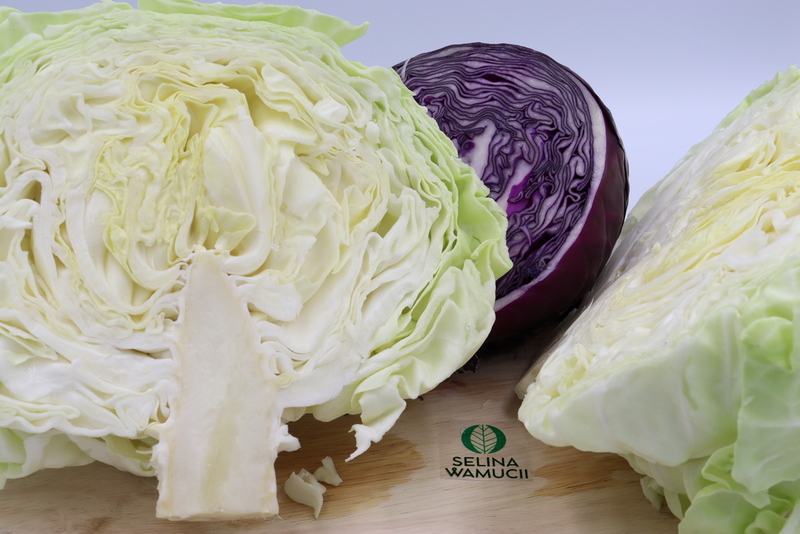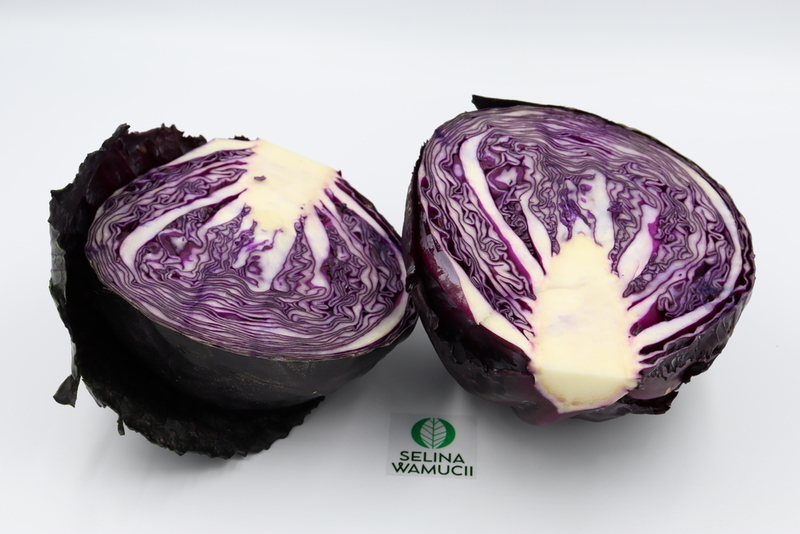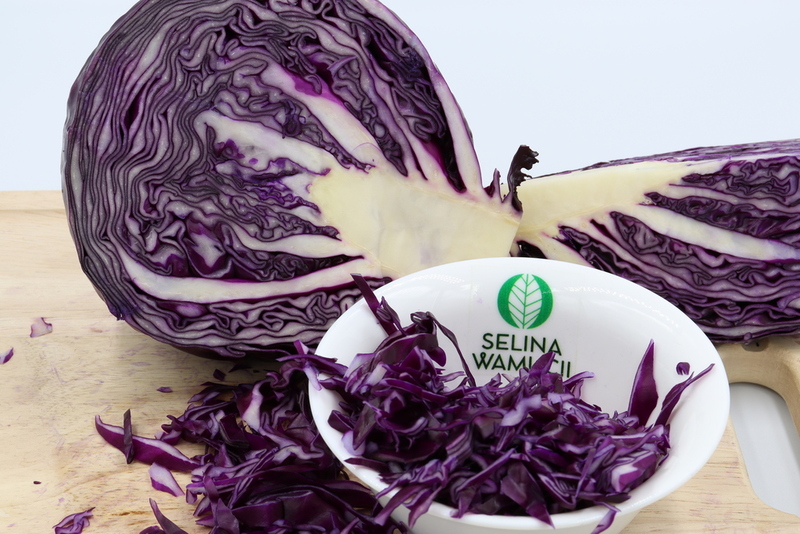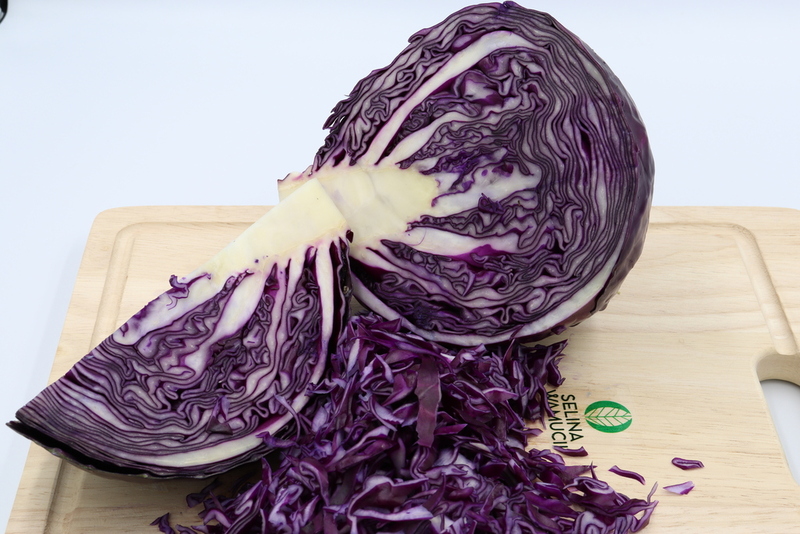Buy Ethiopia Cabbages Directly From Exporters & Suppliers - Best of 2024 Market Prices
Get Instant QuoteWe provide high quality Ethiopia cabbages to the local and export market. We source the raw fresh Ethiopia cabbages from family growers in the Tigray region of Ethiopia.
Ethiopia Cabbage (Brassica Oleracea) grows under relatively moist conditions of between 4° Celsius and 24° Celsius in Tigray region, to the north. The plant provides at least two harvests per year, as the heads develop at slightly different periods. The country provides the main three varieties including Savoy, with its curly leaf formation around the head. The other is Spring Green with its exposed head appearance that is great for steaming cooking. The main cultivar, however, is the Green variety which has bright green leaves with a domed head that is slightly visible from between the leaves, and has a similar bright green color.
We source our Ethiopia cabbage from the northern region of Tigray. The plant thrives under the fertile soils of May Nigus where family growers also cultivate it under irrigation. The crop comes from either individual farmers or cooperatives. Most famers usually intercrop it with grains especially maize and cash crops like onions that do well in the region.
The first cabbages may have occurred in wild form, in modern day UK and the rest of Europe. They first underwent cultivation 3000 years ago in Western Europe, as wild plants. The original cabbage was then mostly leaves with no head formation unlike the present-day domed head variety. It is not clear how it first emerged in Ethiopia but its nearest ancestor was the Mesopotamian cabbage that grew in Asia Minor, through there are hints that an unknown cabbage grew along the Nile in neighboring Egypt.
The cabbage is rich in vitamins, with a minimum value of vitamin C of 36.6 milligrams per head or 44 percent of the daily value. Its Vitamins B6 and folate content stands at 10 and 11% values, respectively. Its mineral composition consists of 8 percent manganese and 4 percent iron for strong bone and blood formation. The dietary fiber composition in the vegetable is at least 2.5 grams.
We harvest Ethiopia cabbages using phytosanitary and modern harvesting methods. Each worker wears farm gloves and uses a sharpened knife to cut the head of the plant a few inches between the base of the head and the stem. We only pick produce that has attained a large size that is firm to the touch.
We pack our Ethiopia cabbage in either 1 3/4 bushel containers or 1 7/8 bushel containers. We also provide custom cabbage bags that are sizable and soft lined with polyethylene. Our other packing materials are boxes or crates. Each package comes in weights of 45 to 50 pounds. In cases where the tonnage is more than 1 ton, we ship the cabbages in bulk bins. They consist of roomy interiors where the vegetables feature by count or number.
For preservation purposes, the packing containers come with corrugation (for cartons with cardboard reinforcement). We also have crates that have wire reinforcements to prevent spillage on the way. In situations of long stay on the road, we pack the cabbages in polyethylene bags that have ventilation areas. This helps to conserve moisture and improve the shelf life.
If you are looking forward to the best quality of Ethiopia cabbage, look no further than from us. We provide ready shipments in season from the northern region of the country, either in bulk or in custom cartons. Our sources are certified with Global Good Agricultural Practices (GAP), as they do not use any chemical sprays. Our pricing is among the most competitive and fair. For more information or to make an order, contact us today.
Get Instant Quote
Are you a producer of Ethiopia Cabbages or other products?
Sign up today for FREE to buy or sell Ethiopia Cabbages.





